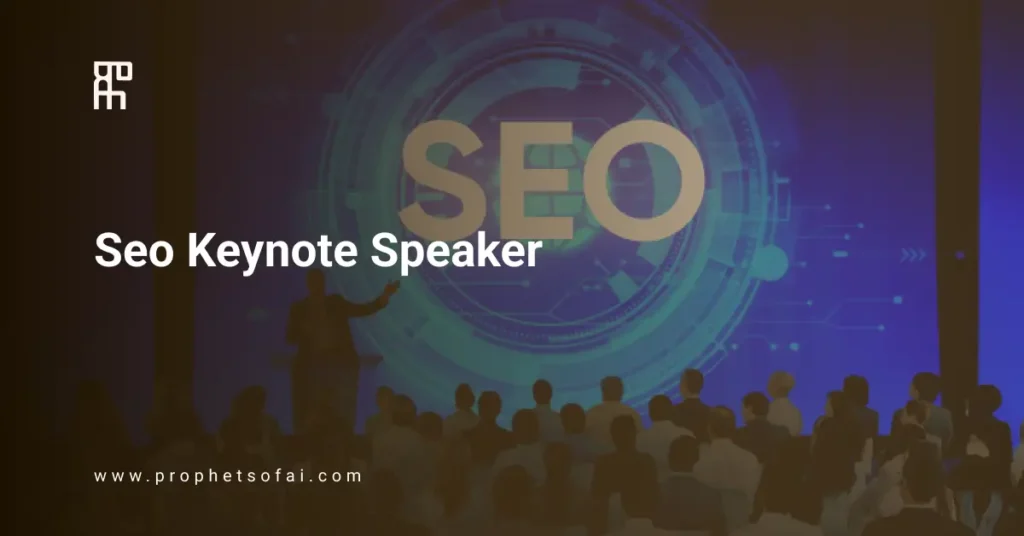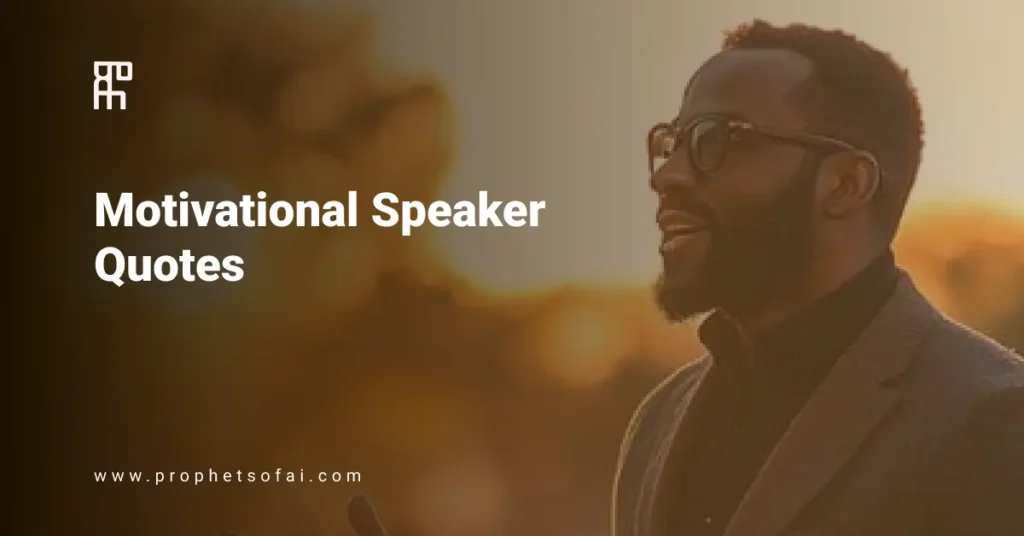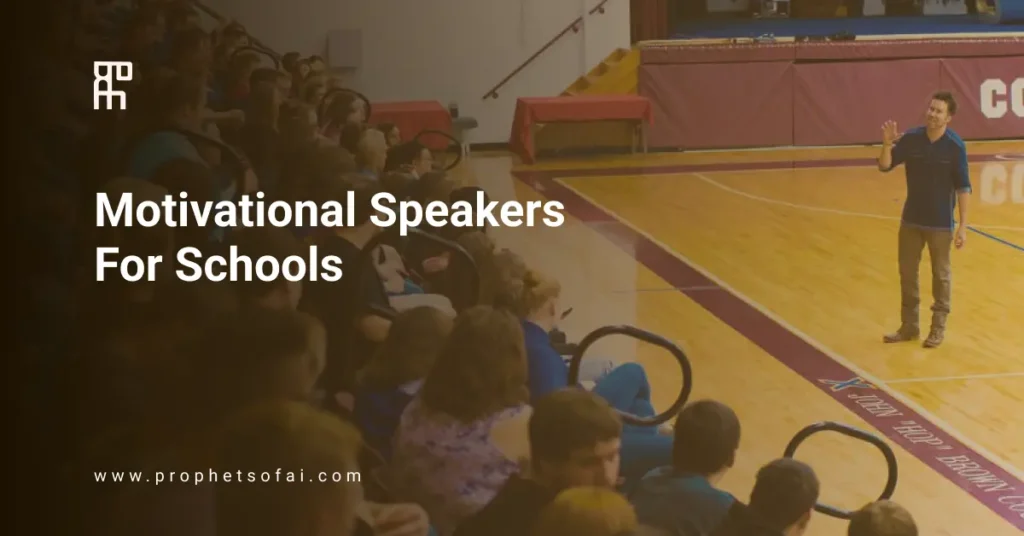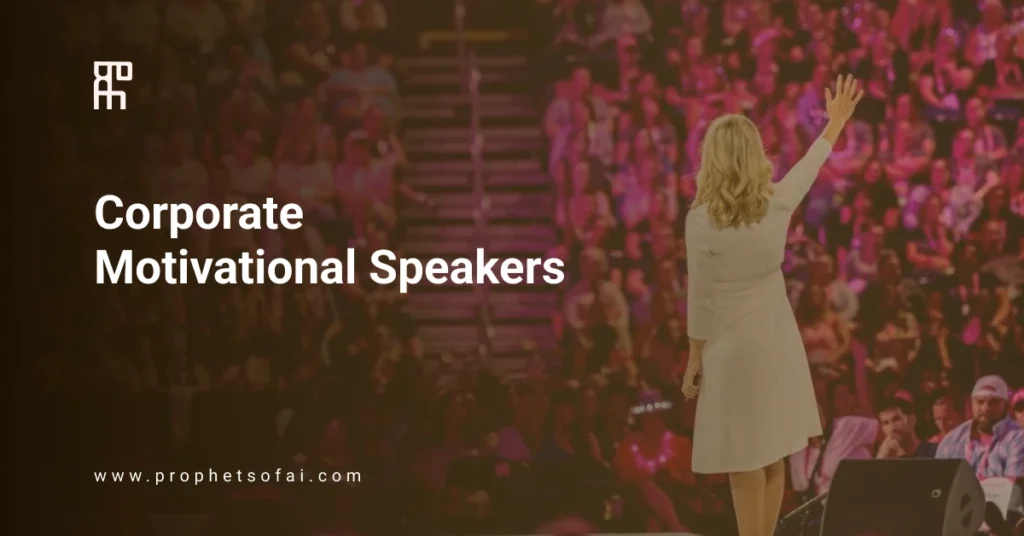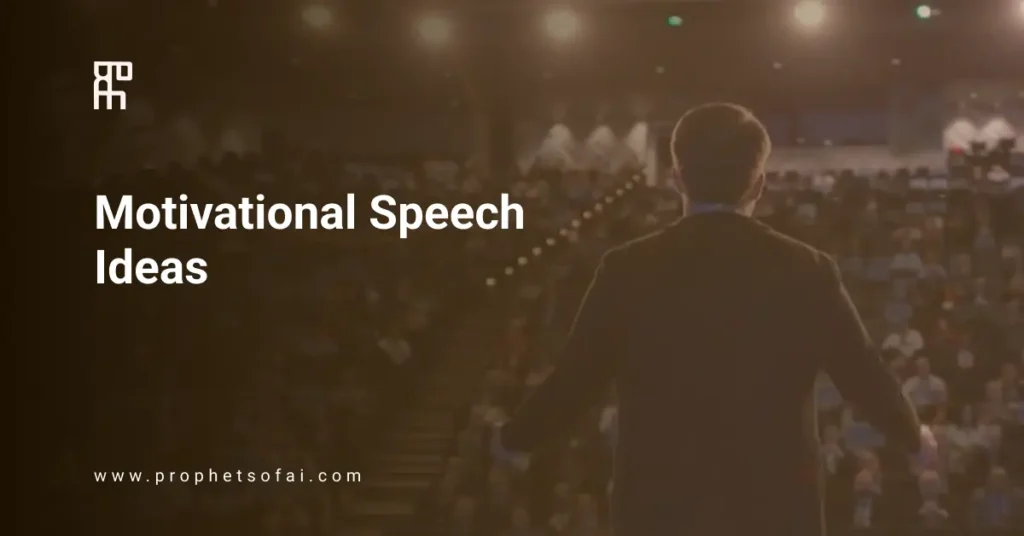Here’s a sobering statistic: TED receives thousands of speaker applications annually, and fewer than 1% get that coveted red circle stage. But here’s the secret nobody tells you—you don’t need a TED invitation to use the framework that makes TED talks so powerful. The principles behind every viral TED presentation work on any stage, in any boardroom, at any conference.
What makes TED talks different isn’t just production value or famous speakers. It’s a specific philosophy: 18 minutes maximum, one transformative idea, storytelling over selling, and vulnerability over credentials. When Brené Brown talked about vulnerability or Simon Sinek explained starting with “why,” they weren’t following traditional keynote formulas—they were using a framework designed to change how people think.
This guide breaks down the exact structure TED speakers use to craft talks that rack up millions of views and shift perspectives. Whether you’re applying to speak at an actual TED event or simply want to elevate your presentations using TED’s proven approach, understanding what makes a good keynote speaker starts here—at the highest standard of idea-driven speaking.
Let’s decode the TED formula.
The TED Talk Formula: “Idea Worth Spreading” Framework
Every memorable TED talk follows a deceptively simple structure built around five essential components:
1. One Big Idea
TED talks succeed because they focus on a single transformative concept, not three points or five takeaways. Apply the “dinner table test”: can someone explain your core idea in 60 seconds after watching your talk? Brené Brown’s entire talk distills to “vulnerability is strength.” Simon Sinek’s reduces to “start with why.” If you’re covering multiple disconnected topics, you’re giving a presentation—not a TED talk.
2. Personal Connection
Your credibility comes from lived experience, not credentials. Don’t open with your résumé—open with why this idea matters to you personally. What journey, failure, or discovery led you to this insight? TED audiences connect with authentic human stories, not authority figures lecturing from expertise. Vulnerability beats polish every time.
3. Universal Relevance
Your specific story must illuminate a universal truth. This is the “so what?” factor. Why should a teacher in Tokyo, an entrepreneur in Texas, and a retiree in Toronto all care about your experience? Bridge your personal narrative to broader human implications. The best TED talks feel simultaneously intimate and globally relevant.
4. Emotional Arc
Structure your talk like a story: Setup (establish the problem or question), Tension (show the struggle or complexity), Resolution (reveal the insight or solution), and Transformation (what changes when we accept this idea?). Take your audience on an emotional journey, not an information download.
5. Call to Possibility
TED talks inspire “what if?” thinking rather than prescriptive action. Instead of “do these five steps,” offer “imagine if we thought about this differently.” Leave audiences empowered to explore, not instructed to comply. The goal is sparking new thinking, not providing a blueprint.
The 18-Minute Structure: Why Time Limits Force Clarity
TED’s 18-minute limit isn’t arbitrary—it’s neuroscience meets practicality. Research shows 18 minutes is long enough for substantive depth but short enough to maintain attention before cognitive fatigue sets in. More importantly, strict time constraints force ruthless editing. Every sentence must earn its place. This constraint produces clarity.
Breaking Down Your 18 Minutes:
Minutes 1-3: The Hook Start with a story, provocative question, or surprising statistic—never with credentials or agenda-setting. Establish why this matters immediately. Promise a payoff worth their attention.
Minutes 4-12: The Journey Develop your idea through 2-3 supporting stories or examples. Build tension and complexity. Use data sparingly—only to enhance stories, never to replace them. Anticipate objections and address them naturally within your narrative. This is where your idea gains depth.
Minutes 13-16: The Insight Deliver your “aha moment” where everything connects. This is your unique perspective or solution. Make it concrete and memorable—abstract concepts need tangible illustrations.
Minutes 17-18: The Landing Circle back to your opening. Restate your big idea in a fresh way. End with an inspiring image, question, or call to possibility that lingers after you leave the stage.
The Preparation Reality: Most TED speakers prepare 40+ hours for 18 minutes. Write your talk, cut 30%, rehearse it, then cut another 20%. If preparing for a keynote speech requires diligence, TED-level talks demand obsessive refinement. Every word, pause, and gesture needs intention.
TED-Style Delivery: What Separates Good from Viral
The TED stage demands a delivery style distinct from traditional keynotes. Here’s what makes TED talks feel different:
1. Conversational Intimacy
Talk to individuals, not crowds. Use “you” more than “people” or “we.” Imagine speaking to one curious friend over coffee, not performing for thousands. The camera captures intimacy—speak through the lens to the person watching alone on their phone.
2. Strategic Vulnerability
Share failures, uncertainties, and what you don’t know. Audiences trust speakers who admit imperfection. Authenticity trumps polish. The talks that go viral often feature moments where speakers drop their guard completely.
3. Minimal Props
Most iconic TED talks use zero slides. If you must use visuals, show powerful images—never bullet points or text-heavy slides. Your presence is the primary visual. Let your words paint pictures.
4. Natural Movement
Move with purpose during transitions, plant yourself for key moments. Let gestures emerge from genuine emotion rather than choreographed staging. Nervous pacing distracts; intentional movement enhances.
5. Rehearsed Spontaneity
Know your content so thoroughly you appear to be improvising. Memorize the structure and key phrases, not every word. Practice the pauses—silence carries power on the TED stage.
While keynote speakers often inspire and inform, TED talks specifically aim to shift perspective. You’re not sharing information—you’re inviting people to see the world differently.
Common TED Talk Mistakes (And How to Avoid Them)
Mistake #1: Starting with Credentials Don’t open with “I have a PhD in…” or your professional bio. Do start with the human story that led to your insight. Audiences care about your journey, not your résumé.
Mistake #2: Covering Too Much Don’t try to share your entire research, career, or book. Do focus ruthlessly on one transformative insight. Depth beats breadth every time.
Mistake #3: Selling or Promoting Don’t mention your company, book, products, or services. TED is a sales-free zone. Do give away your best thinking freely—generosity builds genuine influence.
Mistake #4: Reading from Slides Don’t use slides as a teleprompter or cram them with text. Do make any visuals purely emotional or illustrative. Better yet, skip slides entirely and own the stage with your presence.
Mistake #5: Explaining Instead of Experiencing Don’t lecture about your idea. Do take the audience through the experience that led to your discovery. Show, don’t tell.
Conclusion: Your TED-Style Talk Starts Now
You don’t need a red dot on stage to use these principles. Every presentation improves when you focus on one idea worth spreading, craft an emotional arc, and deliver with conversational authenticity.
Your Action Steps:
- Identify your one big idea—what insight from your experience could shift how others think?
- Write your talk to 18 minutes, even if your actual speaking time differs
- Record yourself and ruthlessly cut everything that doesn’t serve your central idea
- Practice until it feels like an intimate conversation, not a performance
The world needs your perspective. Give it the TED treatment it deserves, and watch how powerfully a focused idea can resonate—whether on a TED stage or in your next presentation.
Ready to bring your ideas to bigger stages? Prophets of AI connects transformative speakers with audiences eager for fresh perspectives.
